English Scones Recipe with Fresh Homemade Clotted Cream
We may earn a commission from recommended products, at no extra cost to you. See Disclosure.
INGREDIENTS
Scones:
- 3½ cups/500g flour
- 4 tablespoons/60 grams butter, at room temperature
- 2 large eggs and 1 egg yolk
- 1 cup/230 milliliters milk
- ⅓ cup/80 grams sugar
- 5 teaspoons baking powder
Clotted cream (optional):
- 1 quart/946 milliliters heavy whipping cream, unpasteurized if possible, or with the highest fat content available
INSTRUCTIONS
Scones:
- Preheat the oven to 400°F (200°C) and line a baking sheet with parchment paper.
- In a large bowl, mix the flour, sugar, and baking powder. Add the butter to the dry ingredients. Use your fingers to rub the butter into the flour mixture until it resembles breadcrumbs.
- In a separate bowl, whisk together 2 eggs and milk until well combined. Pour the wet mixture into the dry ingredients, gently folding until just combined. Be careful not to overmix; the dough should be soft but not sticky.
- Lightly flour a clean surface and gently fold the dough a few times. Avoid kneading to keep the scones light and airy. Pat the dough to a thickness of about 2 cm (¾ inch) and cut out rounds using a cookie cutter or a glass.
- Whisk the extra egg yolk and brush it over the top of the scones for a golden finish. Place the scones on the prepared baking sheet and bake for 12-15 minutes, or until golden brown and risen.
- Let the scones cool slightly on a wire rack before serving with clotted cream or butter, and your favorite jam.
Clotted cream (optional):
- Set your oven to 180°F (82°C).
- Pour the cream into a shallow, oven-safe dish. The cream should sit about 1-2 inches deep in the dish. Place the dish in the preheated oven for 10-12 hours. The cream will develop a thick, yellowish skin on top, which is the clotted cream.
- After baking, let the cream cool to room temperature, then refrigerate for several hours or overnight.
- Skim off the thick top layer (the clotted cream) and transfer it to a jar. The liquid left behind can be used like regular cream or milk.
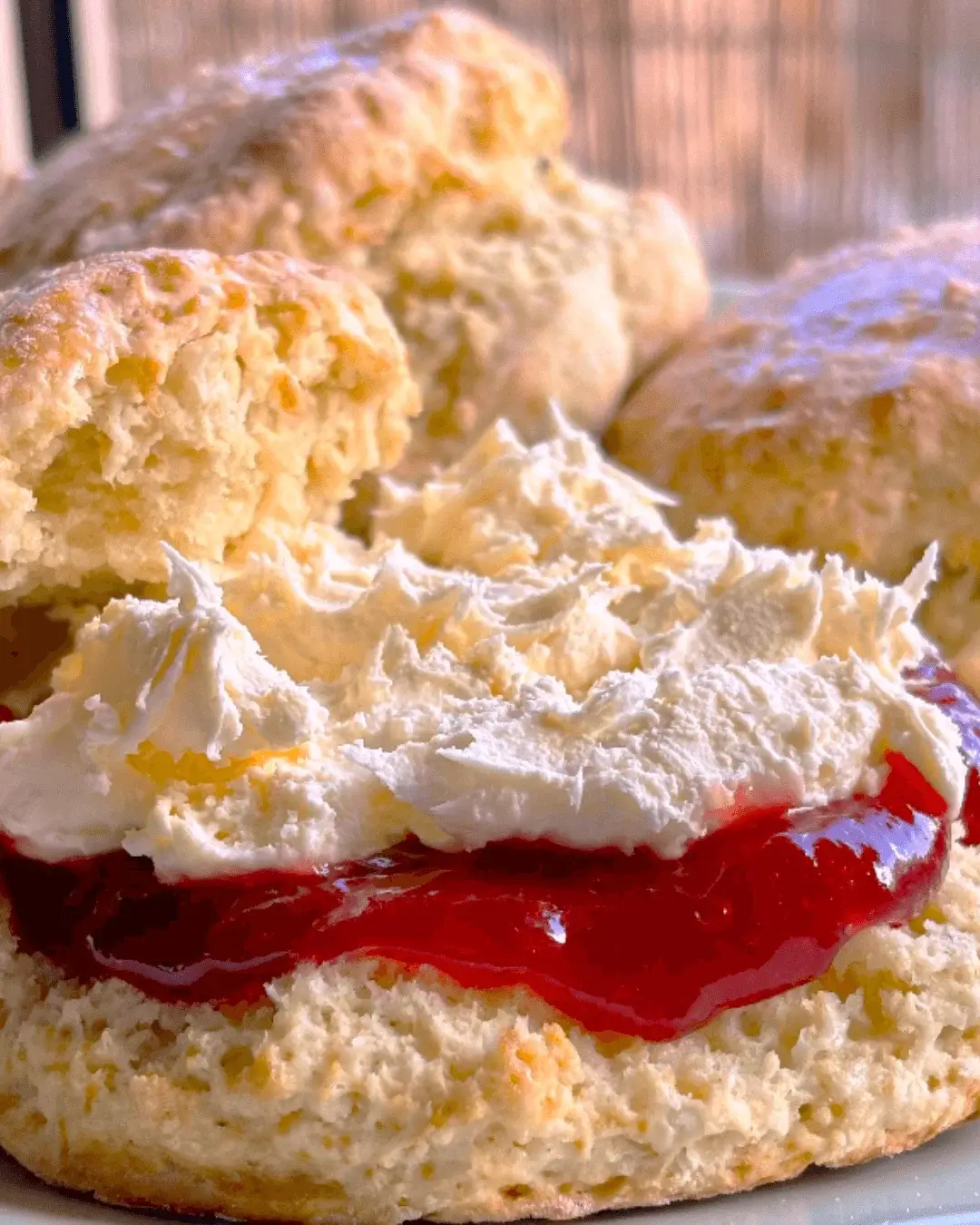
FAQ
What is the key to making fluffy scones?
The key to making fluffy scones is to handle the dough as little as possible. Overworking the dough can develop the gluten, resulting in tough scones. Instead, gently mix the ingredients until just combined, and be careful not to overmix. This preserves the delicate structure and allows the baking powder to work its magic, creating a light and airy texture. Avoid using your hands to knead the dough, and instead use a light touch when bringing the mixture together. Chilling the dough before cutting and baking can also help maintain the scones’ shape and rise.
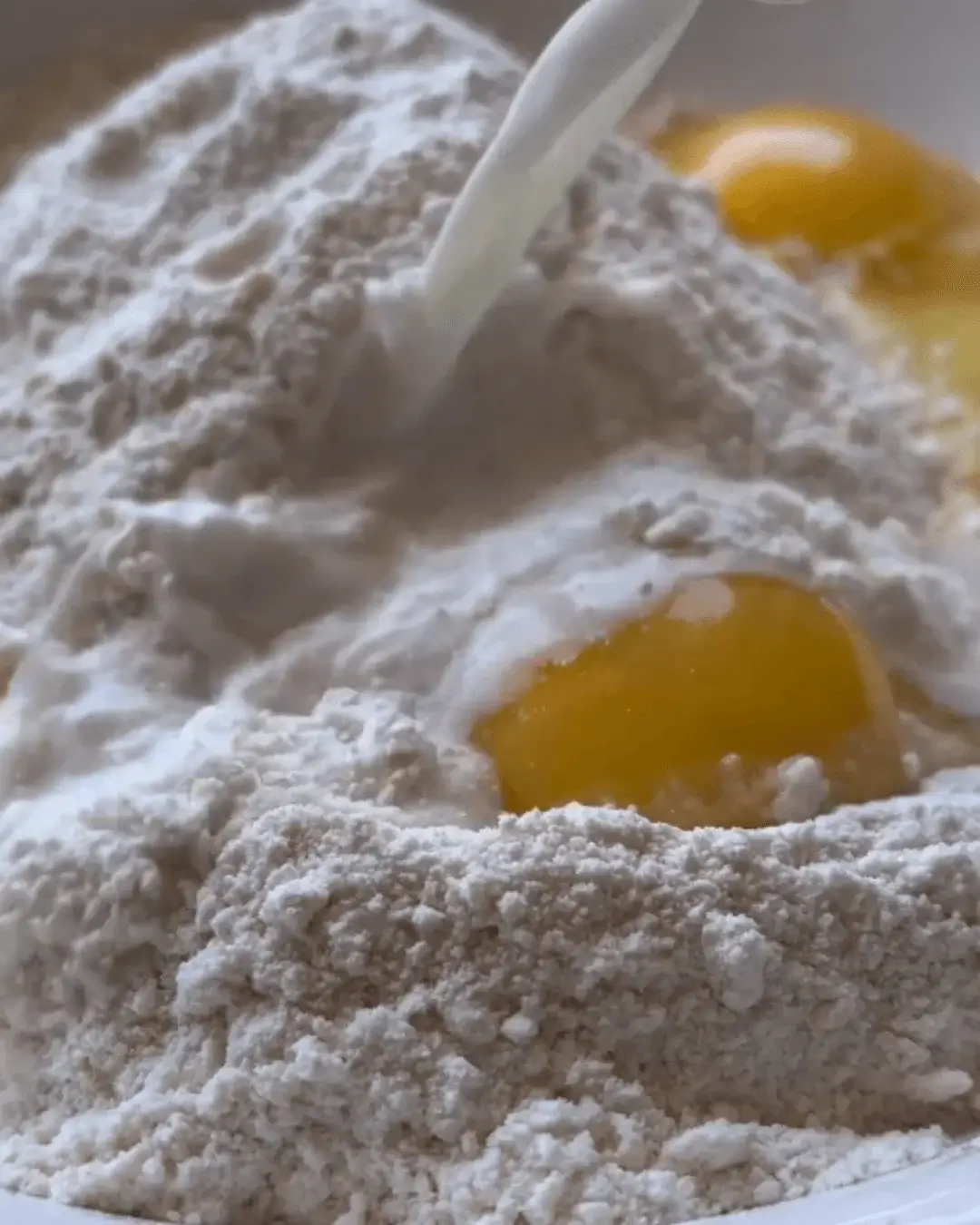
Can I use self-rising flour in this English scones recipe?
You can use self-rising flour instead of all-purpose flour in this English scones recipe, but you may need to adjust the amount of baking powder. Self-rising flour already contains baking powder, so you may need to reduce the amount called for in the recipe to prevent the scones from becoming too tall and crumbly. The balance of leavening agents is crucial for achieving the perfect rise and texture. Start by substituting self-rising flour cup-for-cup, then observe the dough consistency and baking results. You may need to experiment a bit to find the right ratio of self-rising flour to baking powder for your desired scone texture. Pay close attention to how the dough comes together and rises in the oven.
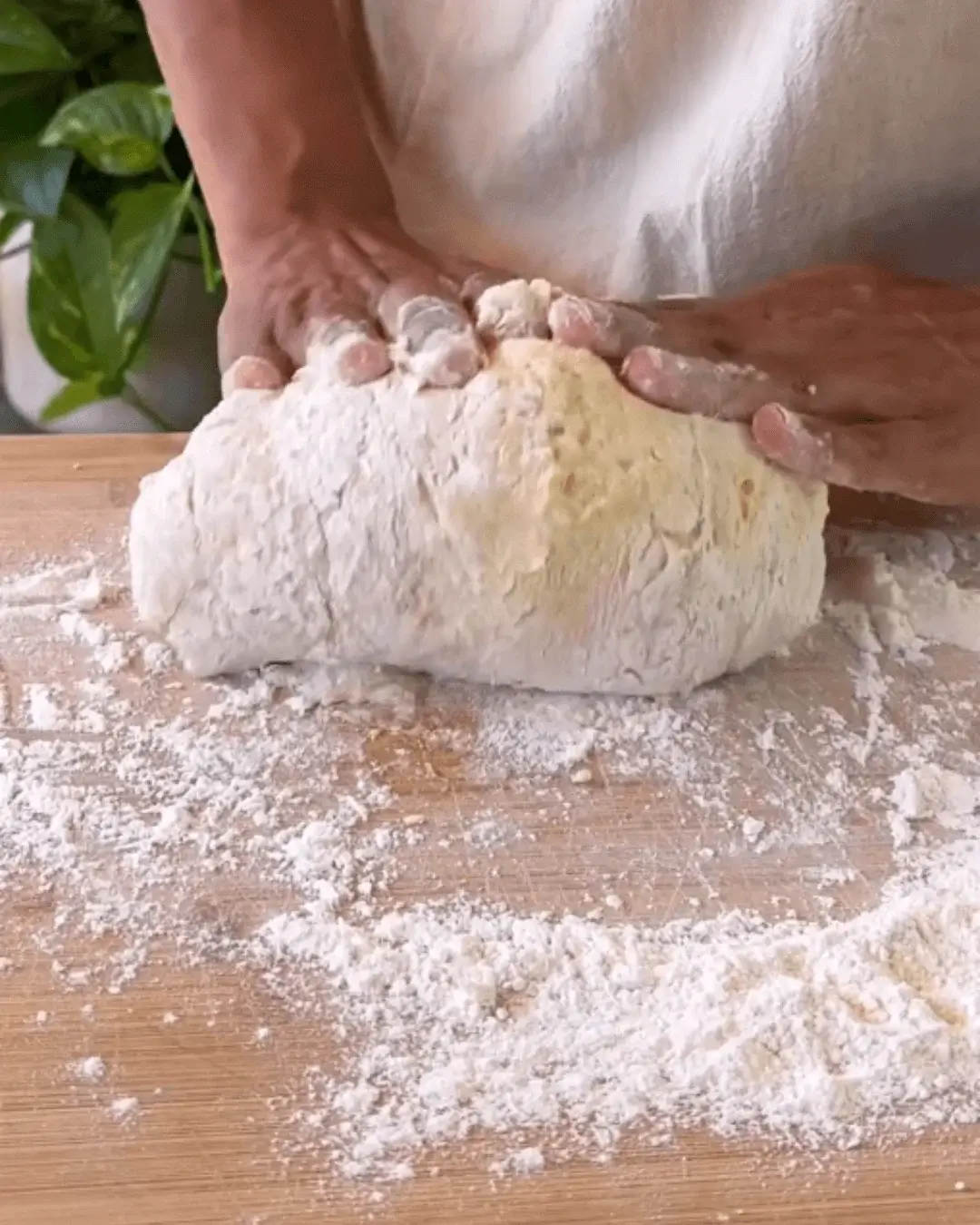
How can I prevent the scones from becoming dry?
To prevent the scones from becoming dry, make sure not to overbake them. Keep a close eye on them in the oven and remove them as soon as they’re lightly golden on top. Additionally, storing them in an airtight container can help retain moisture. Avoid leaving the scones out at room temperature for too long, as the dry air can draw out the moisture. If you do end up with dry scones, you can try reviving them by lightly brushing the tops with milk or melted butter before reheating them in the oven for a few minutes. The added moisture will help soften the texture.
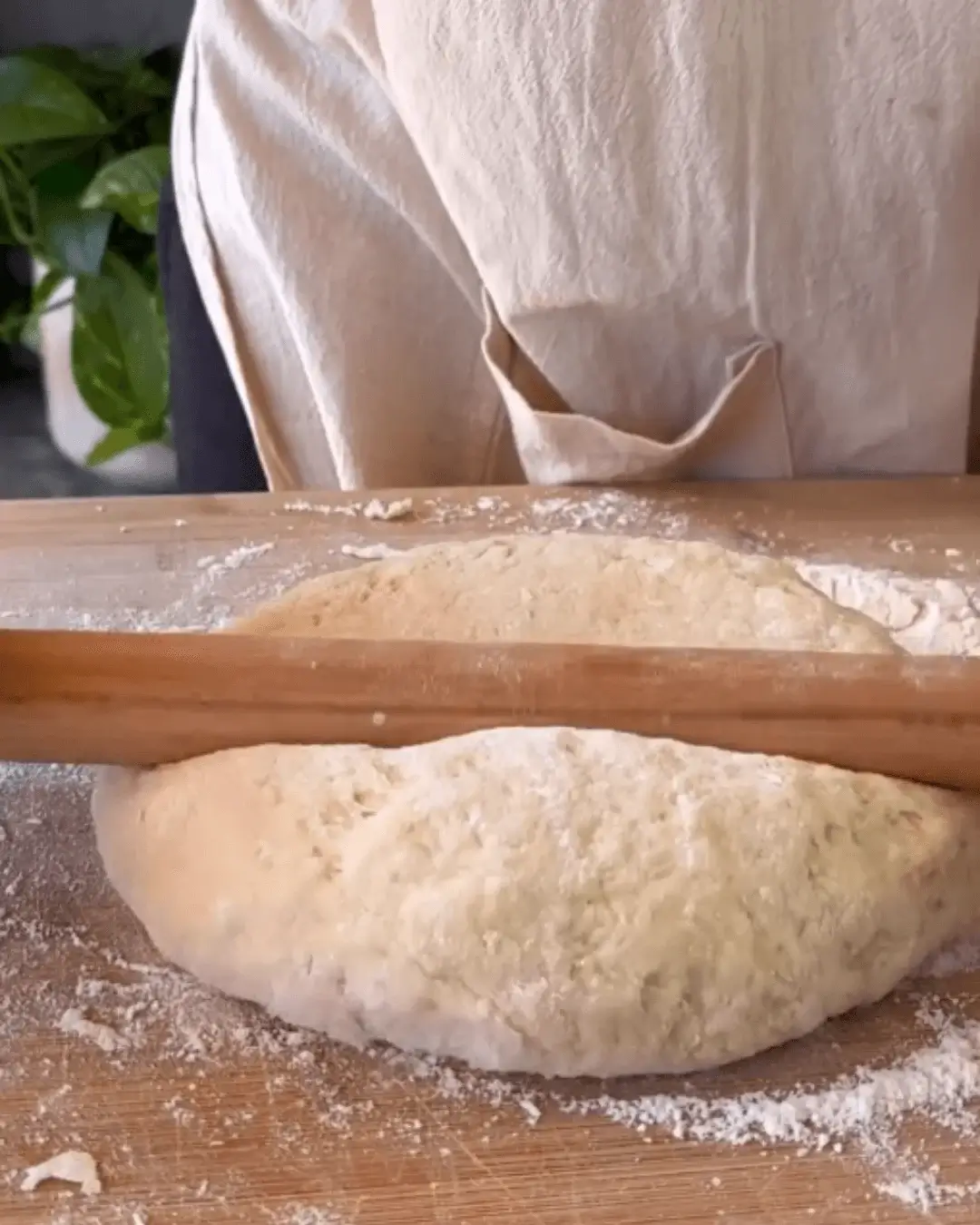
Can I make this English scones recipe without eggs?
The eggs in the traditional English scones recipe typically help with structure and richness, but there are several egg-free substitutes that can work just as well. You can use plain yogurt, milk, or even a flax or chia “egg” (made by mixing ground flax or chia seeds with water) to bind the dough. The texture may be slightly different from an egg-based scone, but the end result can still be light, fluffy, and satisfying. Just be mindful of adjusting the liquid ratios if omitting the eggs. Experiment to find the right balance for your preferred scone texture.
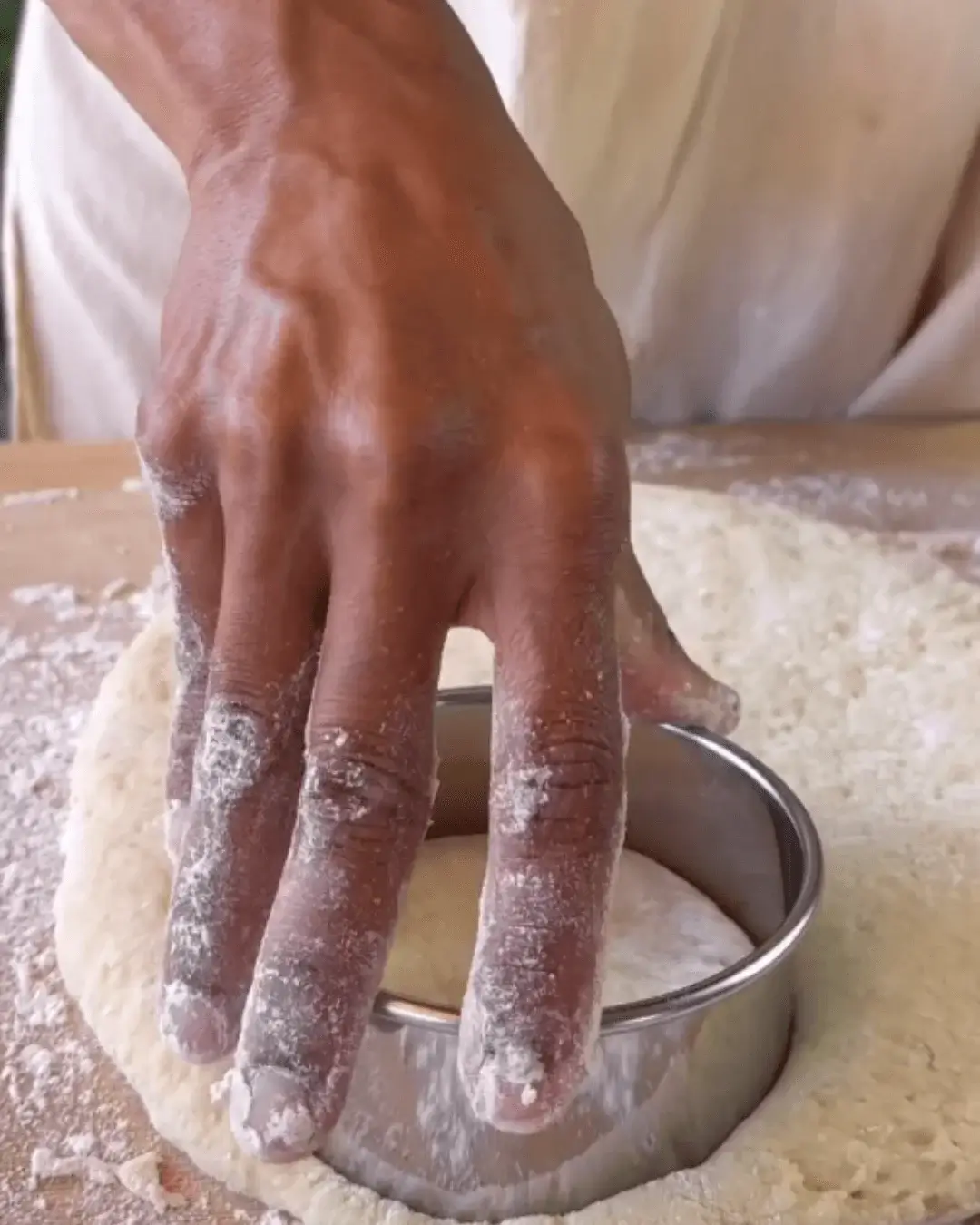
The ideal dough thickness for this English scones recipe
The ideal dough thickness for this English scones recipe is about 1 to 1.5 inches. This will give you a fluffy, well-risen scone that’s not too dense. If the dough is too thin, the scones may turn out flat and dense; if it’s too thick, they may not cook through properly. When rolling or patting out the dough, be gentle and avoid overworking it. Use a light touch and don’t press down too hard. Chilling the dough for 30 minutes before cutting can also help maintain the thickness. Pay attention to visual cues, such as the height of the uncooked scones, to ensure you’ve achieved the perfect dough thickness.
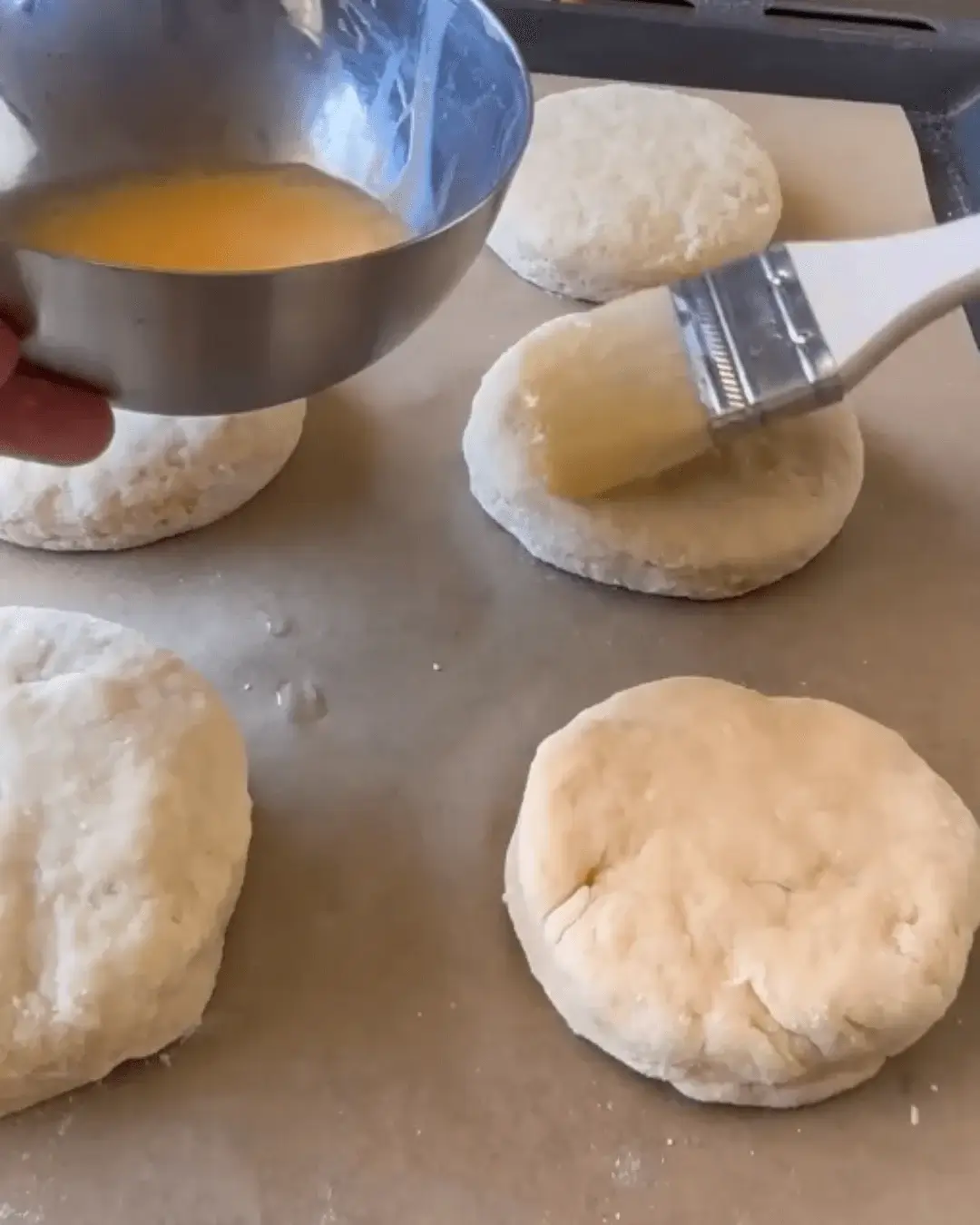
What is the best way to store the baked scones?
The best way to store the baked scones is in an airtight container at room temperature. Avoid storing them in the refrigerator, as the cold, dry air can dry them out and compromise their delicate texture. For maximum freshness, enjoy the scones on the same day they’re baked, or within 2-3 days. If you need to store them for longer, you can freeze the baked scones for up to 3 months. To do this, let the scones cool completely, then place them in a single layer on a baking sheet and freeze until firm. Once frozen, transfer them to an airtight container or resealable bag. When ready to serve, simply reheat the frozen scones in the oven.

How can I achieve a golden-brown top on the scones?
To achieve a beautiful, golden-brown top on the scones, brush the unbaked dough with a simple egg wash or milk before baking. The egg or milk creates a shiny, crisp crust that gives the scones an appetizing, bakery-style appearance. You can use a lightly beaten egg, or a mixture of egg and water or milk. Gently brush the tops of the scones just before they go into the oven. The high heat will cause the wash to set, creating that lovely golden hue. You can also sprinkle a little coarse sugar on top for extra crunch and sparkle.
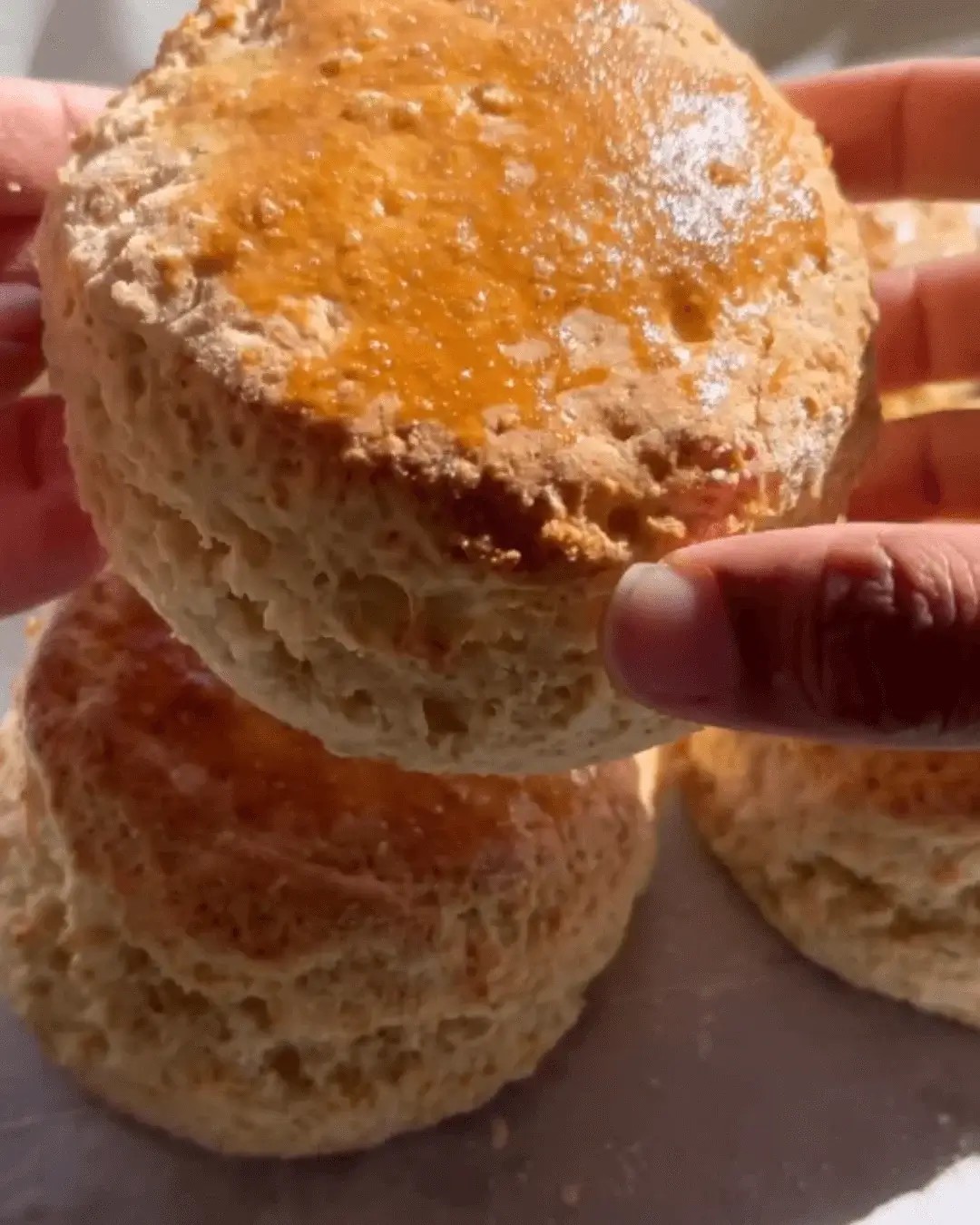
Reasons why the scones spread too much during baking
If the scones are spreading too much during baking, it’s likely due to overworking the dough or using too much liquid. Make sure to handle the dough gently and only mix the ingredients until they’re just combined. Overworking the gluten can cause the scones to lose their shape and spread excessively. Additionally, pay attention to the consistency of your dough – if it seems too wet, try reducing the amount of milk slightly. Chilling the dough for 30 minutes before cutting and baking can also help the scones hold their form better in the oven. Proper dough management is key to preventing excessive spreading.
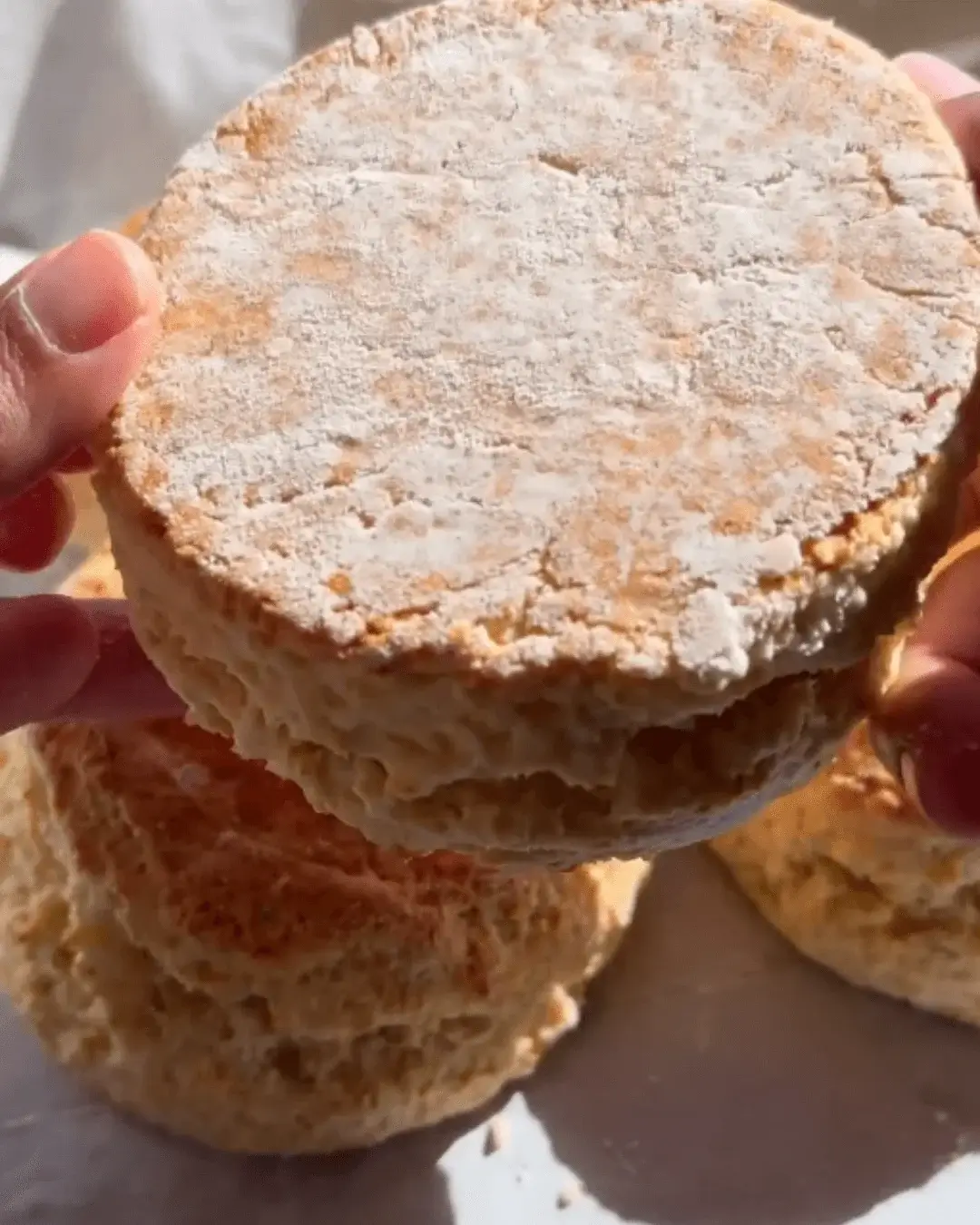
Can I add mix-ins to this English scones recipe?
Absolutely, you can get creative and add all sorts of delicious mix-ins to the scone dough in this English scones recipe! From dried fruit like cranberries or raisins, to nuts, chocolate chips, or even savory ingredients like cheese and herbs – the possibilities are endless. Just be mindful that adding mix-ins will affect the overall texture and moisture content of the dough. You may need to adjust the other ingredients, such as the amount of flour or milk, to accommodate the additional bulk and moisture from the mix-ins. Start with small amounts, taste test, and adjust the recipe as needed to achieve the perfect balance of flavors and textures.
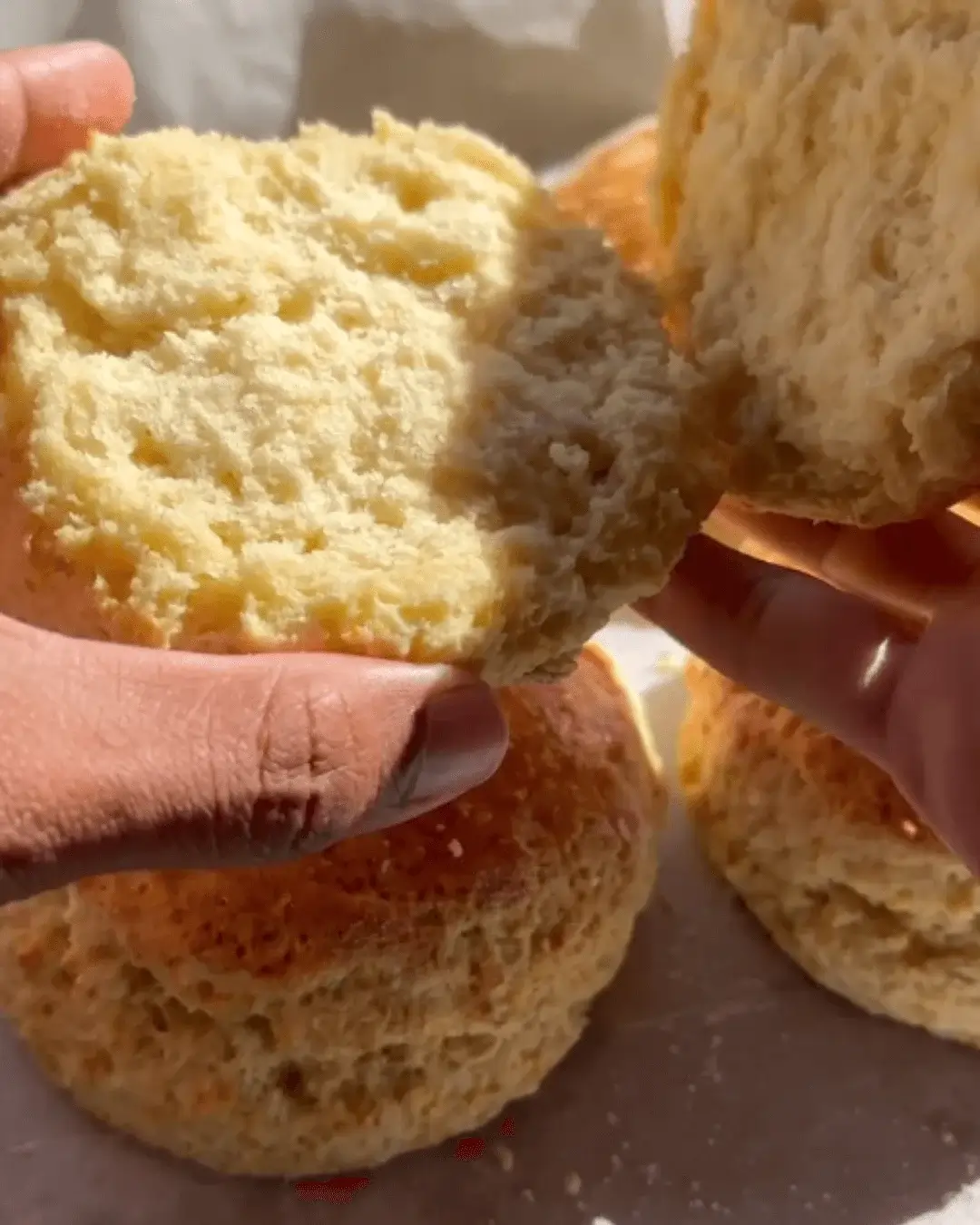
How can I make this recipe gluten-free?
To make delicious gluten-free scones, you can substitute the all-purpose flour with a high-quality gluten-free flour blend. Look for a blend that contains a combination of gluten-free flours, such as rice flour, tapioca flour, and xanthan gum, which helps to mimic the structure and texture of gluten. You may also need to adjust the liquid ratios, as gluten-free flours can behave differently than wheat-based flours. Start by replacing the all-purpose flour cup-for-cup with the gluten-free blend, then observe the consistency of the dough and make any necessary adjustments to achieve the right texture. Proper handling and baking techniques are also crucial for creating light, fluffy gluten-free scones.
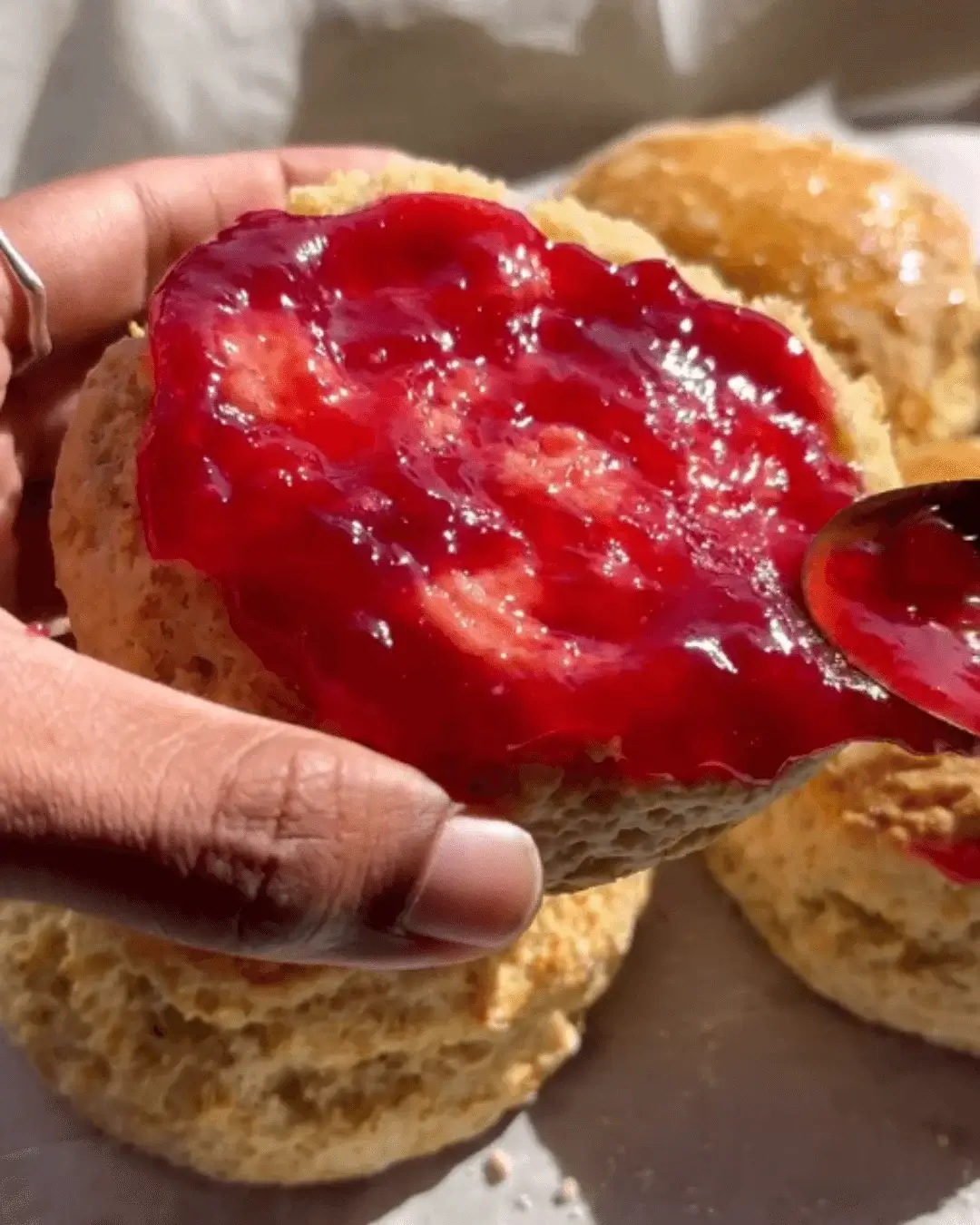
What type of butter works best for this English scones recipe?
When it comes to butter for this English scones recipe, the best type to use is cold, unsalted butter. The cold temperature helps create those lovely flaky layers, while the unsalted butter allows you to control the amount of salt in the recipe. You can also use a combination of butter and shortening for a tender, flaky texture. The fat content and method of incorporating the butter into the flour are both important factors. Grating frozen butter or cutting it into small pieces helps to evenly distribute the fat throughout the dough without overworking it. This results in a light, airy scone with the perfect buttery richness.
Why might the scones not be rising properly?
If the scones are not rising properly, it could be due to a few factors. First, make sure the baking powder is fresh and has not expired, as old baking powder loses its leavening power. You may also need to use slightly more baking powder than the recipe calls for to achieve the desired rise. Another common issue is overworking the dough, which can develop the gluten and prevent the scones from rising. Gently mix the ingredients until just combined, and avoid kneading or handling the dough too much. Lastly, chilling the dough for 30 minutes before cutting and baking can help the scones maintain their shape and rise better in the oven.
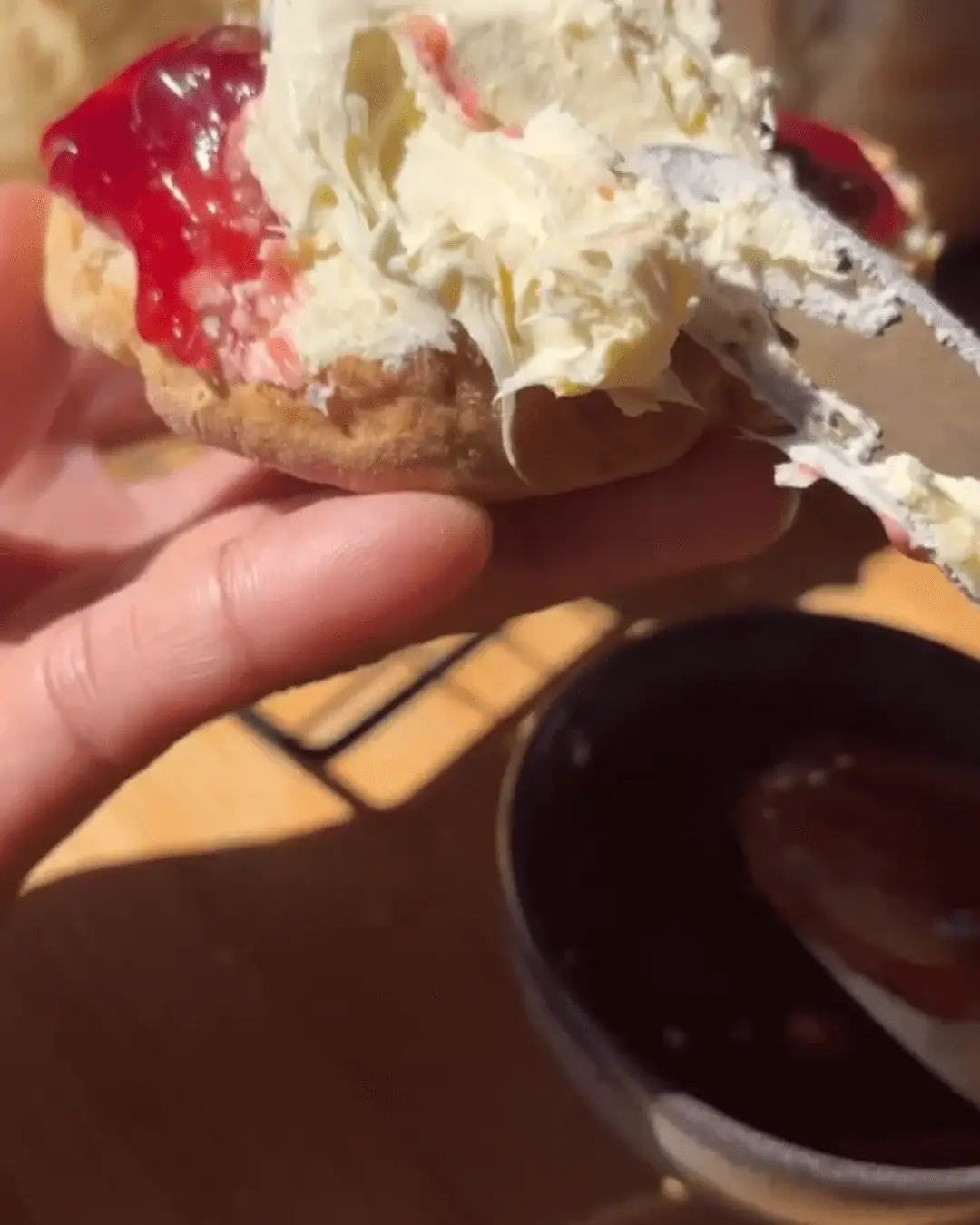
How long will the scones stay fresh?
The freshly baked scones will generally stay fresh for 2-3 days when stored properly in an airtight container at room temperature. Avoid storing them in the refrigerator, as the cold, dry air can quickly dry out the delicate texture. If you need to keep the scones for longer, you can freeze the baked scones for up to 3 months. Let the scones cool completely, then place them in a single layer on a baking sheet and freeze until firm. Once frozen, transfer the scones to an airtight container or resealable bag. When ready to serve, simply reheat the frozen scones in the oven for a few minutes to restore their freshly baked quality.
Should the scones be served warm or cold?
The scones are typically served warm, shortly after baking. The warm, fluffy texture is part of the appeal and the contrast of the crisp exterior and soft interior is what makes them so delightful. However, they can also be enjoyed at room temperature or even chilled, depending on personal preference. Some people enjoy the contrast of a warm scone with a cool topping, such as clotted cream, jam, or lemon curd. If you do need to reheat the scones, you can pop them back in the oven for a few minutes to restore the fresh-from-the-oven experience. Ultimately, the scones are best savored however you personally enjoy them most.

